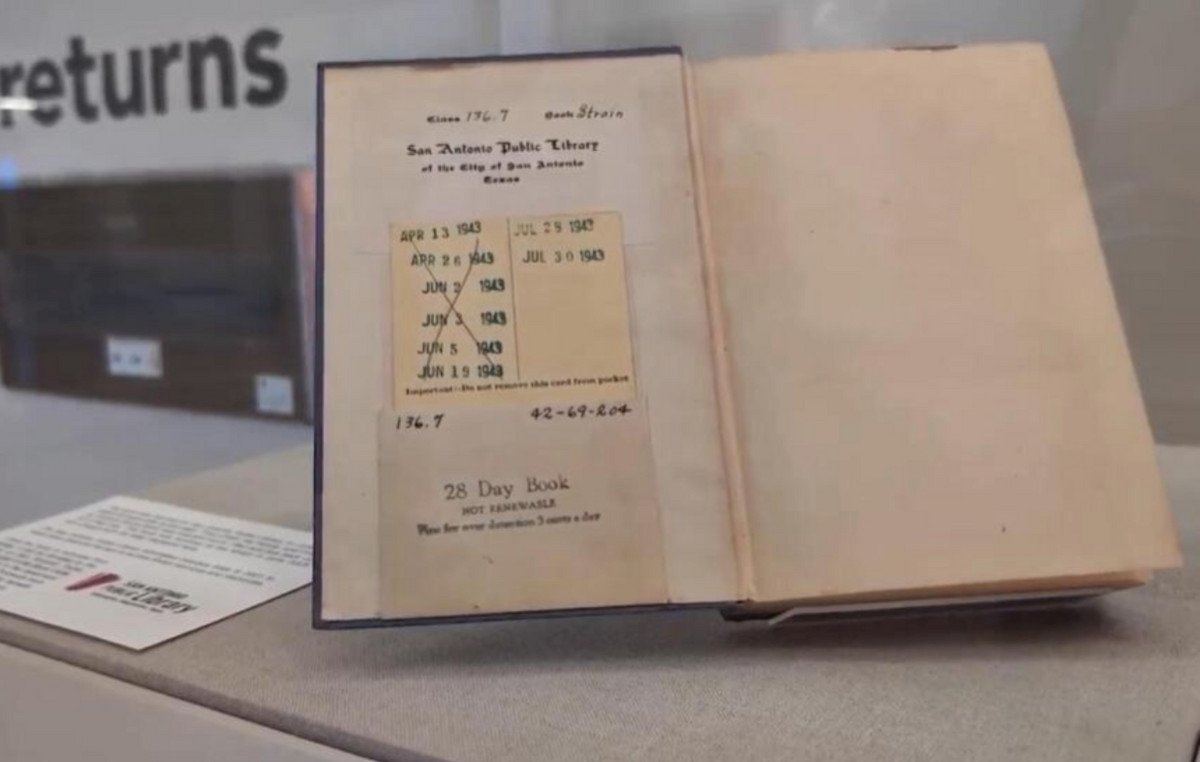- The Dow Jones loses 3.45% daily, operating when writing about 40,735.
- The Nasdaq 100 collapses 4.75% today, dragged by Lululemon Athletic (Lulu) and Applovin Corporation (APP).
- The S&P 500 sinks 4.06 %% on Thursday, reaching minimum of almost seven months.
- The ISM services PMI contracted 50.8 points in March, disappointing the estimates of analysts.
- The president of the United States, Donald Trump, imposes tariffs on several countries of the world, intensifying his commercial rhetoric.
The Dow Jones established a daily maximum in 41342, where he found aggressive vendors that dragged the index to minimal not seen of this on September 11, 2024 in 40,622.
The Dow Jones industrial average began negotiations in 41,251, while the Nasdaq 100 technological index opened in 19,451. The S&P 500 started the day in 5,566, reaching minimum of almost seven months.
Nike and American Express lead losses in Dow Jones
The Dow Jones index collapses 3.45% today, losing 1,461 points at the time of writing, currently quoting over 40,735.
Nike (NKE) shares sink 12.86% daily, reaching minimal not seen since November 15, 2017 in 56.02 $, ending with a streak of three consecutive days upward.
In the same tonic, American Express titles lose 8.97% in the day, reaching minimum of September 11, 2024 at 248.45
The Dow Jones slides strongly in Thursday’s session, in tune with the main stock market rates after the imposition of reciprocal tariffs by Donald Trump.
The Nasdaq 100 collapses at minimum of almost seven months weighed by Lululemon Athletic and Applovin Corporation
The Nasdaq 100 technological index falls 4.75% daily, visiting minimums of September 11, 2024 in 18,661.
Lululemon Athletic (Lulu) values slide 12.86% on Thursday, reaching minimums not seen since August 14, 2024 in 243.05 $.
Following the bearish perspective, the APPLOVIN CORPORATION (APP) shares sink 13.12% today, visiting minimums of March 31 in 252.28 $, ending with three consecutive sessions with profits.
In this scenario, Nasdaq 100 loses 925 points in the day, operating when writing about 18,640.
The S&P 500 sinks after Donald Trump’s tariff imposition
The president of the United States, Donald Trump, announced the imposition of reciprocal tariffs on several countries of the world, among which 34% stand out to China, 20% to the European Union, 32% to Taiwan and 24% to Japan.
After these measures, the values of Ralph Lauren Corporation (RL) lose 17.41% on Thursday, reaching minimal not seen since September 25, 2024 in 193.01 $.
On the other hand, the weekly applications of unemployment subsidy were located at 219,000, below the previous and estimated 225,000.
Similarly, the ISM PMI decreased to 50.8 points in March, from 53.5 observed the previous period. This figure worsens the 53 points expected by consensus.
In this scenario, the S&P 500 falls 4.06% daily, reaching minimums not seen since September 11, 2024 in 5,414.
Technical Analysis of Dow Jones
The Dow Jones has carried out bearish movement from a resistance located at 42,820, maximum of March 26. The next key resistance is observed in 44,033, pivot point of March 3. Downwards, the important support is 39,389, minimum of September 11, 2024.
4 -hour graph of Dow Jones

Dow Jones Faqs
The Dow Jones Industrial Avenge, one of the oldest stock market indexes in the world, consists of the 30 most negotiated values in the United States. The index is weighted by the price instead of capitalization. It is calculated by adding the prices of the values that compose it and dividing them by a factor, currently 0.152. The index was founded by Charles Dow, also founder of the Wall Street Journal. In recent years it has been criticized for not being sufficiently representative, since it only follows 30 companies, unlike broader rates such as S&P 500.
There are many factors that promote the Dow Jones Industrial Average (DJIA) index. The main one is the added performance of the companies that compose it, revealed in the quarterly reports of business benefits. The American and world macroeconomic data also contribute, since they influence investor confidence. The level of interest rates, set by the Federal Reserve (FED), also influences the DJia, since it affects the cost of credit, on which many companies depend largely. Therefore, inflation can be a determining factor, as well as other parameters that influence the decisions of the Federal Reserve.
Dow’s theory is a method to identify the main trend of the stock market developed by Charles Dow. A key step is to compare the direction of the Dow Jones Industrial Avenge (DJIA) and the Dow Jones Transportation Average (DJTA) and just follow the trends in which both move in the same direction. The volume is a confirmation criterion. The theory uses elements of maximum and minimum analysis. Dow’s theory raises three phases of the trend: accumulation, when intelligent money begins to buy or sell; Public participation, when the general public joins the trend; and distribution, when intelligent money abandons the trend.
There are several ways to operate with the DJ. One of them is to use ETF that allow investors to negotiate the DJ as a single value, instead of having to buy shares of the 30 companies that compose it. An outstanding example is the SPDR Dow Jones Industrial Avenge ETF (day). Future contracts on the DJ allow the specular operators about the future value of the index and the options provide the right, but not the obligation, to buy or sell the index at a predetermined price in the future. Investment funds allow investors to buy a part of a diversified portfolio of DJ values, which provides exposure to global index.
Source: Fx Street
I am Joshua Winder, a senior-level journalist and editor at World Stock Market. I specialize in covering news related to the stock market and economic trends. With more than 8 years of experience in this field, I have become an expert in financial reporting.







